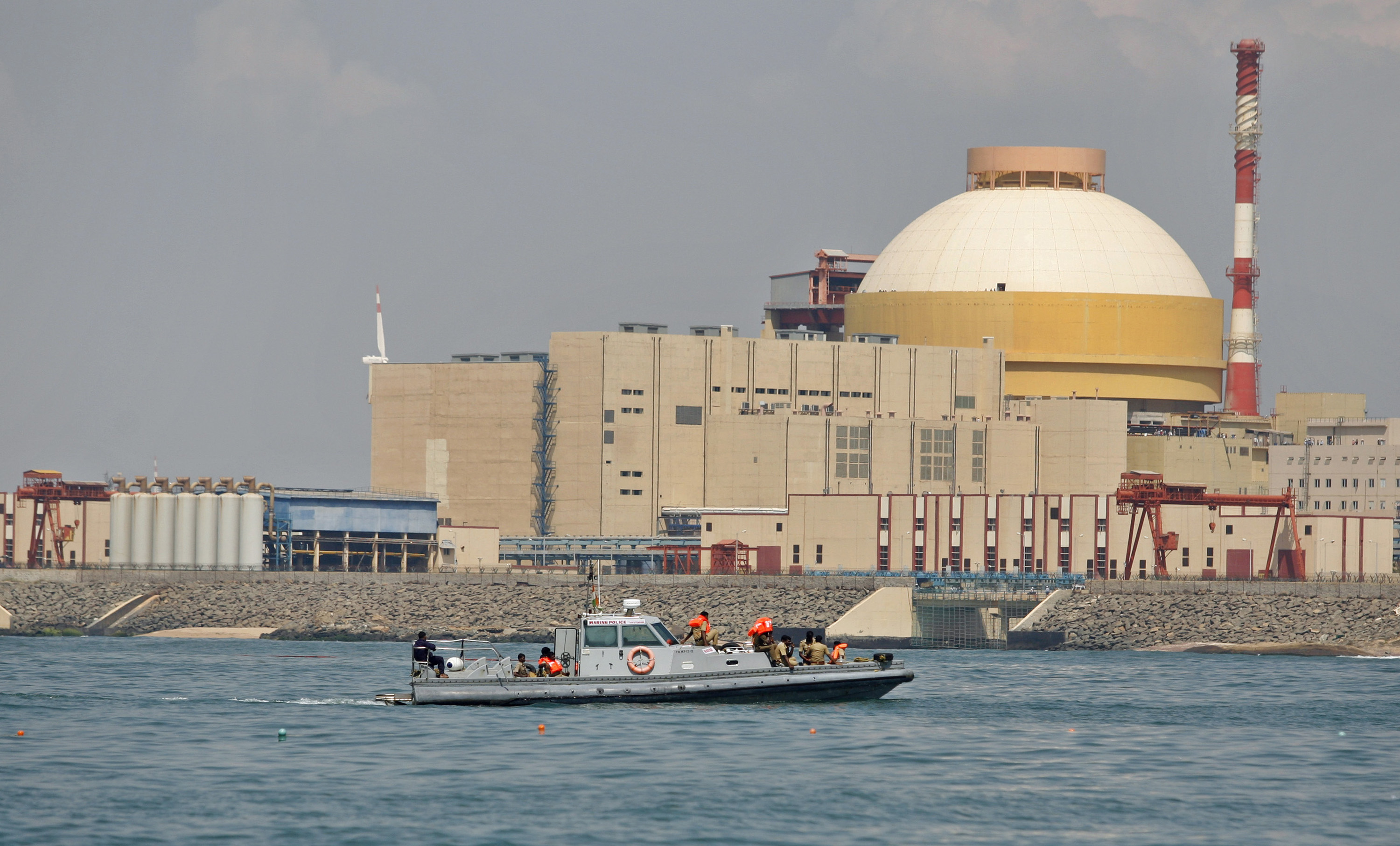
TN may soon be the largest source of nuclear energy in India

In the recent Climate Change meeting at Glasgow, the International Atomic Energy Agency said that nuclear power provides more than a quarter of the world’s clean power.
“Over the last half century, nuclear power has avoided release of more than 70 giga-tonnes of greenhouse gasses. Without nuclear power, many of the world’s biggest economies would lack their main source of clean electricity,” said IAEA Director General Rafael Mariano Grossi.
Tamil Nadu has less thermal power capacity, but has the maximum capacity of nuclear power among all states.
It has the maximum wind power capacity, and solar power capacity is expected to increase in the coming years.
India has a total nuclear power capacity of 6800MW and out of this, Tamil Nadu alone has 2440MW. In percentage terms, Tamil Nadu has 35 per cent of the total nuclear power capacity in the country. Kudankulam has two nuclear reactors with a capacity of 1000MW each and similarly, Kalpakkam has two nuclear units with a capacity of 220MW each.
Also read: Nuclear energy gets a seat at COP26 table; to be part of solution to climate change
In Kudankulam, four nuclear units with a capacity of 1000MW are being constructed and very soon, Kudankulam may become another Zaporizhzhia in Ukraine, where similarly, there are six nuclear reactors, generating nearly 80 percent of power for the country.
“Woods are burning, floods and hurricanes are multiplying, and temperatures are rising. Now is the time for action, and this action must be based on science and on facts. According to the best science of our day, nuclear power is part of the solution,” said Grossi.
The IAEA recently released reports detailing the roles of nuclear science and technology in climate change adaptation and of nuclear power in achieving the goals of the Paris Agreement and Agenda 2030 for Sustainable Development.
“Nuclear energy provides more than a quarter of the world’s clean power,” Grossi said. “It may be one of our last best opportunities to agree on concrete steps to achieve sustainable prosperity for all. In the face of climate change, we are all one nation,” he said.
The IAEA chief highlighted examples of how nuclear techniques are being applied to adapt to consequences of climate change, such as tracking and quantifying carbon, water and nutrient movement, and by inducing variability in crops to make them tolerant to drought, salinity or pests.
Nuclear power experts dismiss the opposition in some sections of society.
Also read: India on path to meet renewable energy target in 2030, but hurdles remain
“Till now only two big accidents have happened in nuclear reactors. Fukushima and Chernobyl are the two big accidents and many deaths happened. Due to radioactive pollution many people were injured and the deaths happened. But beyond these, other nuclear reactors in the world are safe and are generating power without any pollution,” said a senior NPCIL official.

